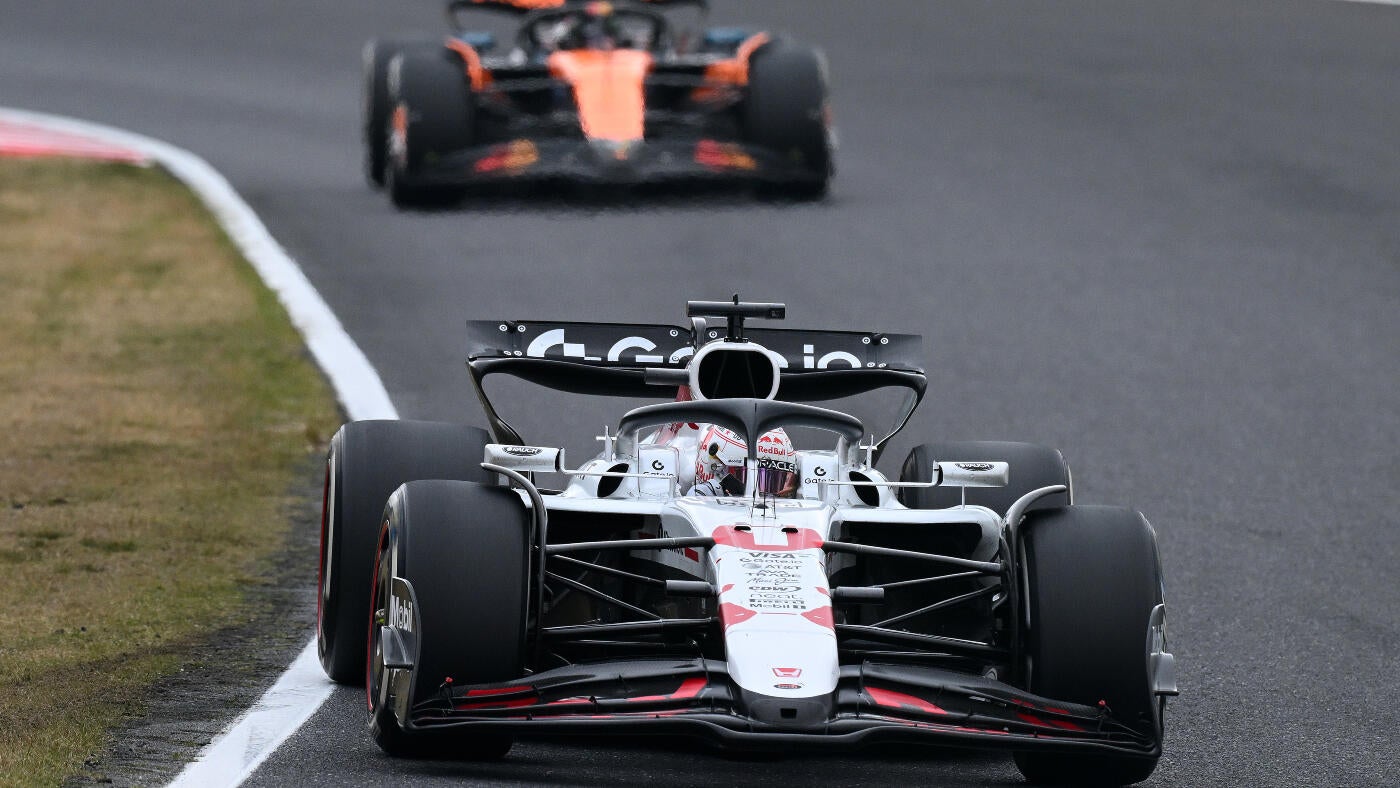
Pedro de la Rosa had waited over two years for a chance to start a Formula One grand prix. With 63 races in his rear-view mirror, the Spanish driver had sat on the sidelines as a McLaren test driver, waiting patiently for an opportunity. So, when the call came from McLaren supremo Ron Dennis to replace the injured Juan Pablo Montoya at the 2005 Bahrain Grand Prix, there was no time for nerves. And no time to bake in the Gulf oven.
“I was so excited about the race that I didn’t even sweat,” De la Rosa tells The Independent. “I didn’t drink at all – back then if you didn’t put in a drinks bottle, you saved weight on the car. So, we didn’t even fit it.”
Performance over health? He won’t be the last in F1. Yet the second iteration of the Bahrain Grand Prix, 20 years ago, was the most extreme example in the sport’s 75-year history of drivers prioritising pace over physical condition. At 42.6C, beating 40C temperatures in Dallas and Detroit in the mid-1980s, it was the hottest F1 race ever.
Much to the surprise, in fact, of De la Rosa.
“I only just realised before this interview that it was the hottest race ever recorded,” he says.
“If I look back, I was just so into the race and so concentrated that I felt it was quite easy. I didn’t feel tired, even with the temperatures being over 40C. I was just so happy to drive that I’d have been able to accept another 10C!”
F1’s hottest-ever races
1. Bahrain, 2005 – 42.6C
2. Dallas, 1984 – 40C
3. Detroit, 1985 – 40C
4. Brazil, 2007 – 38.2C
5. Australia, 2008 – 38.2C
What was notable, in dissecting the race coverage on ITV two decades ago, was the lack of complaints from drivers and pundits alike. From Martin Brundle’s pit walk – in jeans – to Fernando Alonso’s lights-to-flag victory from pole position (at the start of what would be his first title-winning season with Renault), the entire paddock simply moved with the times. This was the start of Bernie Ecclestone’s high-flying, lucrative move into the Middle East – and all the riches that came with it. There was no time to wallow in the sun.
“The key was the humidity levels – they were very low,” De la Rosa explains. “You have to protect yourself against dehydration. I had races in Singapore and Malaysia which were tougher than Bahrain just because of the humidity levels.
“Sometimes, I used to drink too much water and then the body auto-regulates. You had to be very careful.”
Given the sport’s gradual move towards night races, it is a temperature record that may well stand long into the future. Bahrain became a night race in 2014 to celebrate its tenth anniversary – and has remained that way ever since. Events in Saudi Arabia, Qatar, Singapore, Las Vegas and Abu Dhabi are also held under lights.





